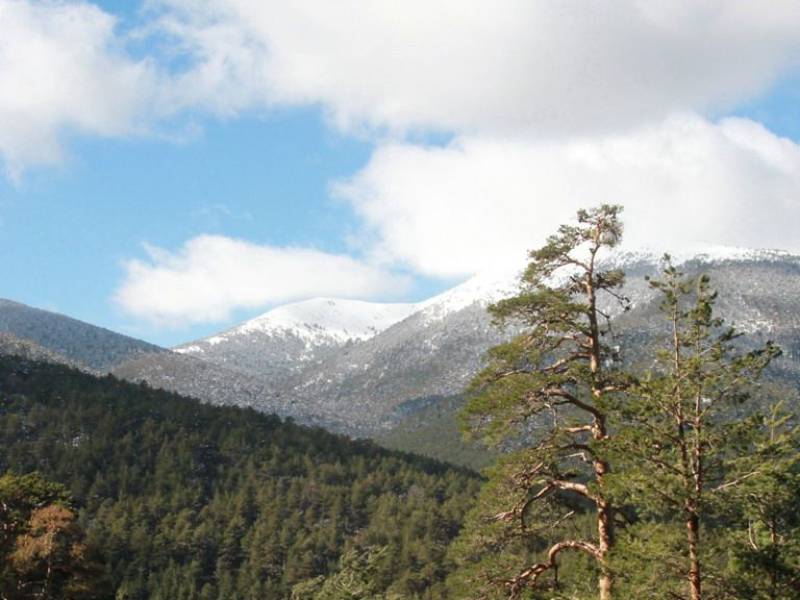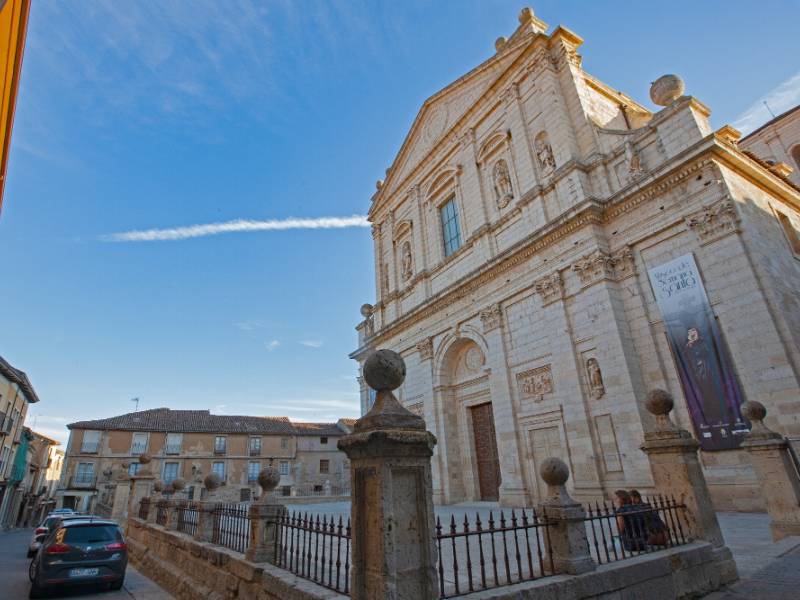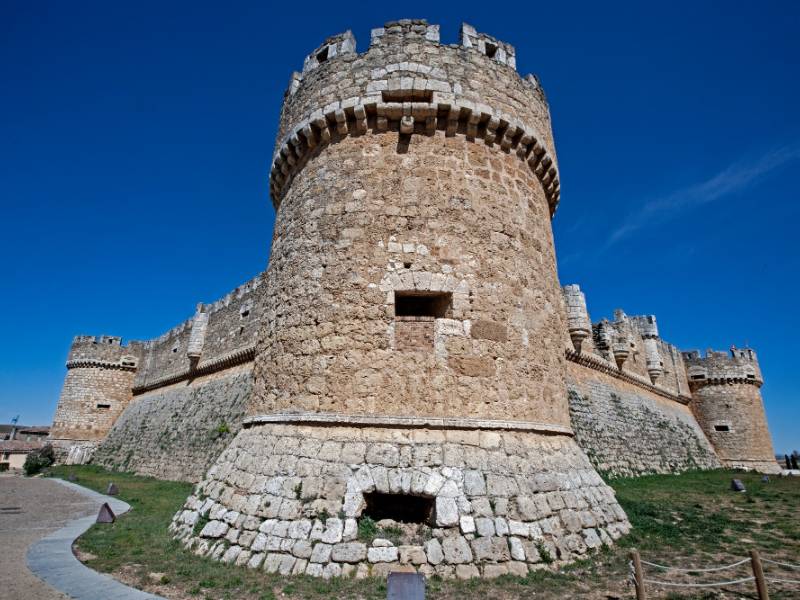The Way of Saint James from Madrid Province of Valladolid
Discover it as you pass through {0}
- Alcazarén
The municipality of Alcazarén is considered to be the birthplace of the Mudejar style, as well as the first town in the province of Valladolid on the Madrid Way to Santiago. This small, irregularly-shaped...
- Ciguñuela
On the way to the Torozos Hills we find the small town of Ciguñuela, whose four volume tower rising up above the Church of San Ginés acts as a beacon guiding the pilgrims’ steps as they complete the last...
- Wamba
The town takes its name from the crowning of the Gothic noble Wamba in 672, following the death of Recesvinto on an estate in this municipality, which at the time was known as Gérticos.Tradition has it...
- Peñaflor de Hornija
The location of Peñaflor de Hornija makes it an excellent viewpoint overlooking the River Hornija Valley. Thanks to its strategic location, it has been inhabited since prehistoric times. It practically...
- Valverde de Campos
This small town was the site of a Cistercian monastery, founded in 1176 but which is no longer standing. Standing on the former railway line known as the Tren Burra or ‘Donkey Train’ today agriculture...
- Moral de la Reina
Moral de la Reina is proud of its regal surname, which refers to the former Royal Fortress that once stood here. The two small bridges crossing the Madre Stream at the entrance to the town probably date...
- Fontihoyuelo
Its name comes from the ancient term Fuente Foilolo or Fonte Foyolo (spring in the hole) due to the fact that it nestles in a hollow. In the 15th century it was under the rule of the Grand Master of Santiago...
- Santervás de Campos
Originally it was known as Villa Citti, although the name was later changed to Santervás, which in turn comes from San Herbás (Gervais), in reference to first abbot of the Monastery of Sahagún, situated...
- Melgar de Arriba
This is the last municipality in the province of Valladolid on the Madrid Way of the Pilgrims’ Route to Santiago. This small town standing on the banks of the River Cea was settled on the orders of Count...
- Valdestillas
The vast expanses of trees for the timber industry earned this area the name Valle de las Astillas - literally ‘Woodchip Valley’ - which would later adapted to its current name Valdestillas. The town lines...
- Puente Duero
Since 1960 Puente Duero has been a district of Valladolid, even though it is situated almost 12 kilometres outside the city. Its name comes from the medieval bridge over the River Duero around which the...
- Valladolid
Watered by the waters of the Pisuerga and Esgueva rivers, in the center of Castile and León, the city of Valladolid is located. Discover a city that has been the scene of important passages in history,...
- Simancas
Standing on a hilltop on the right bank of the River Pisuerga, Simancas is surrounded by rich and fertile lands, with the characteristic sandy soil of the Tierra de Pinares region.Occupied by the Vaccaei,...
- Monasterio de La Santa Espina
The Santa Espina district, which belongs to the municipality of Castromonte, is one of the 800 towns that appeared during the 1950s on the initiative of the National Colonisation Institute for the Agrarian...
- Castromonte
This small stone village stands next to the River Bajoz, reminding us of this historic walled enclosure built by Don Juan Alonso de Alburquerque, who governed in the name of King Peter I the Cruel. Castromonte...
- Medina de Rioseco
Medina de Rioseco boasts probably more cultural heritage per square metre than any other town on the Madrid Way of the Pilgrims’ Route to Santiago. Castilla Canal, the Holy Week celebrations, declared...
- Berrueces
Standing on the Main 601 road, linking the cities of Valladolid and León, this small town boasts a wealth of architectural heritage including the characteristic adobe brick walls.According to the experts,...
- Tamariz de Campos
Tamariz de Campos is a small town that is first mentioned in documents dating back to the 11th century, despite its claims to being the oldest municipality. Standing on the banks of the River Sequillo,...
- Cuenca de Campos
Nestling in a hollow in the land, the buildings are typical of those to be found in the region’s towns, characterised by their porticoed façades. Its former splendour was reflected in the three parishes...
- Villalón de Campos
Villa del Alón, which means ‘town of the land’, enjoyed a period of great prosperity during the 13th century following the granting of the right to hold markets and fairs there, and during the 15th and...



